Includes per person per night:
- Overnight accommodation
- Breakfast
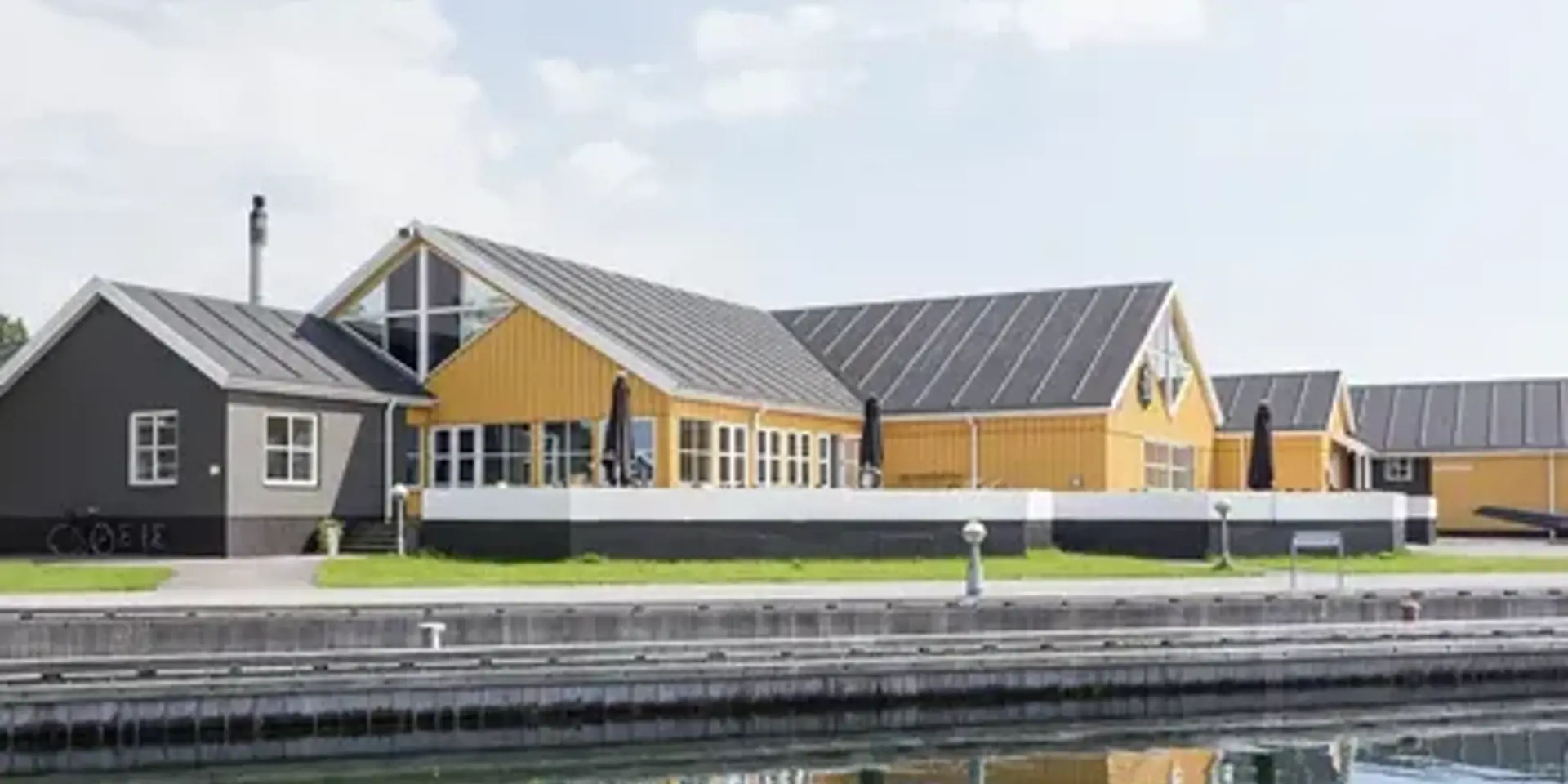
Includes per person per night:
Click the "See calendar and prices" button to choose dates and see the room selection.
See calendar and prices: Super rateKaløvig Badehotel is a small, cozy hotel located just 14 kilometers from the center of Aarhus, right on the shores of Aarhus Bay in Aarhus North. The intimate ambiance, the homely feel, and the soothing sound of the waves from Aarhus Bay together create a truly unique atmosphere that is hard to find elsewhere.
Åstrup Strandvej 68A, 8541 Skødstrup
Show map

2 days / 1 night - arrival June-September
Includes per person per night:

1 night / 2 days
Includes per person per night:
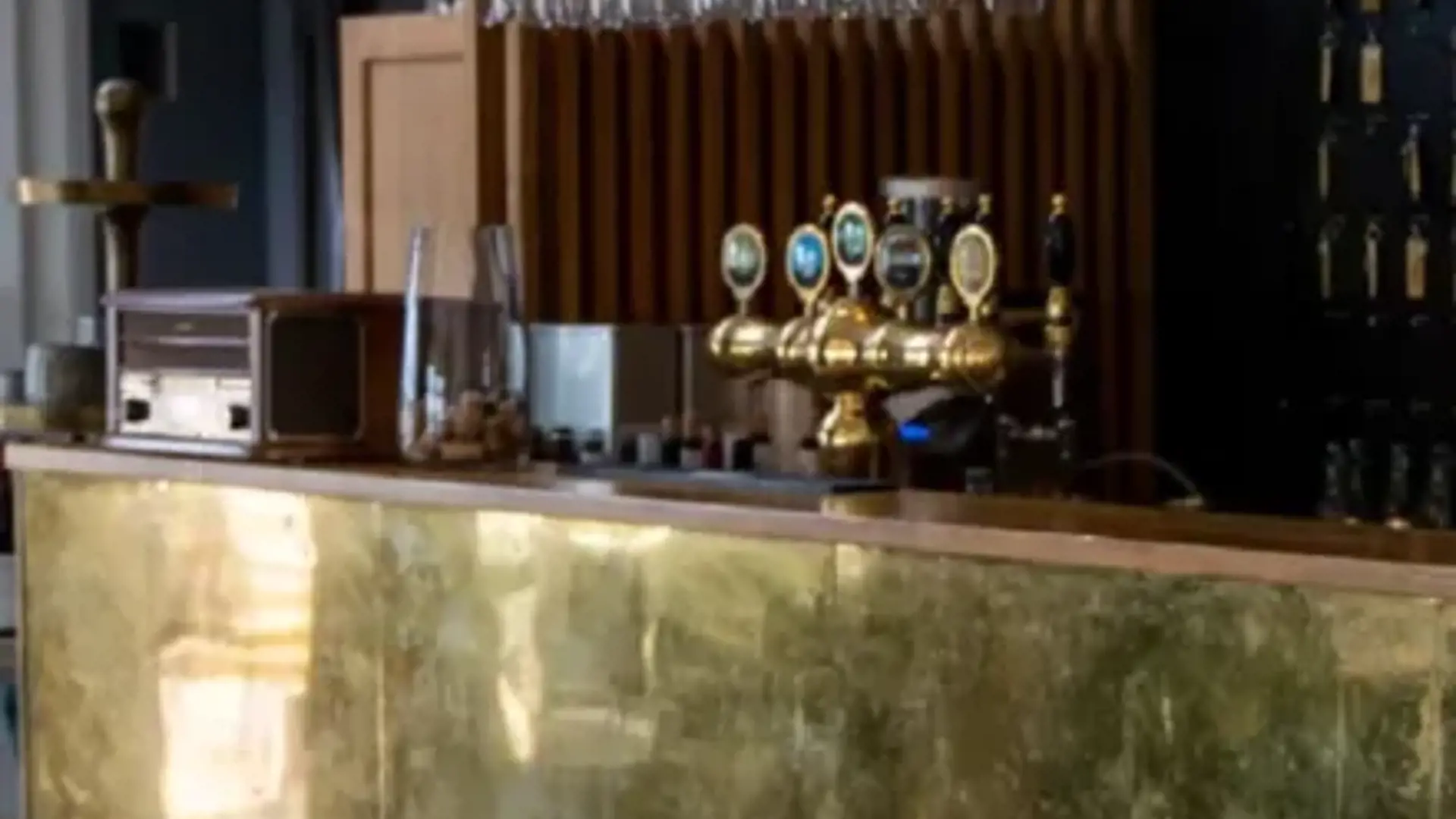
Includes per person per night:

2 days / 1 night
Includes per person per night:

Includes per person per night:

Includes per person per night:
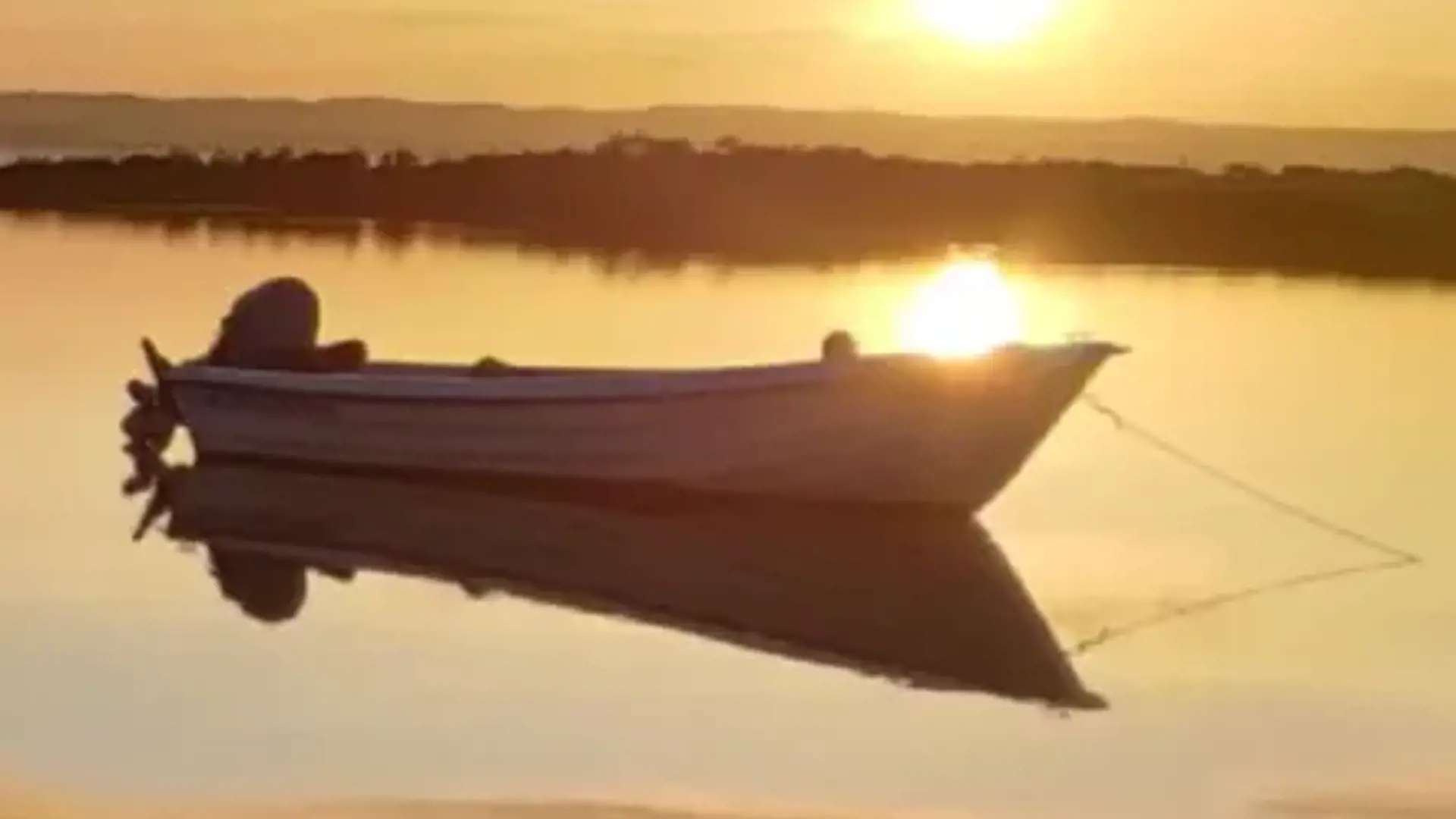
Minimum 2 nights/3 days
Includes per person per night:
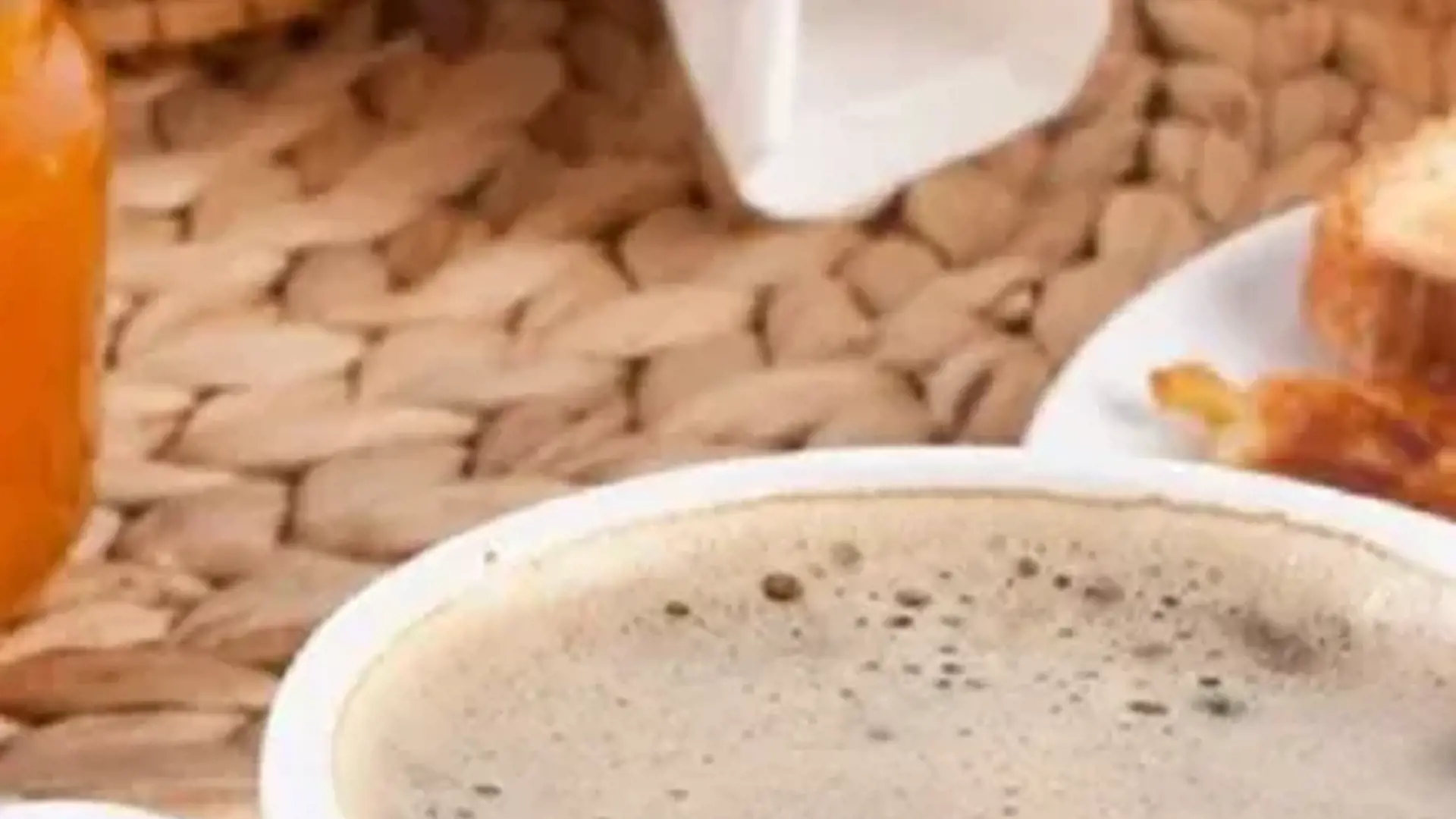
Includes per person per night:
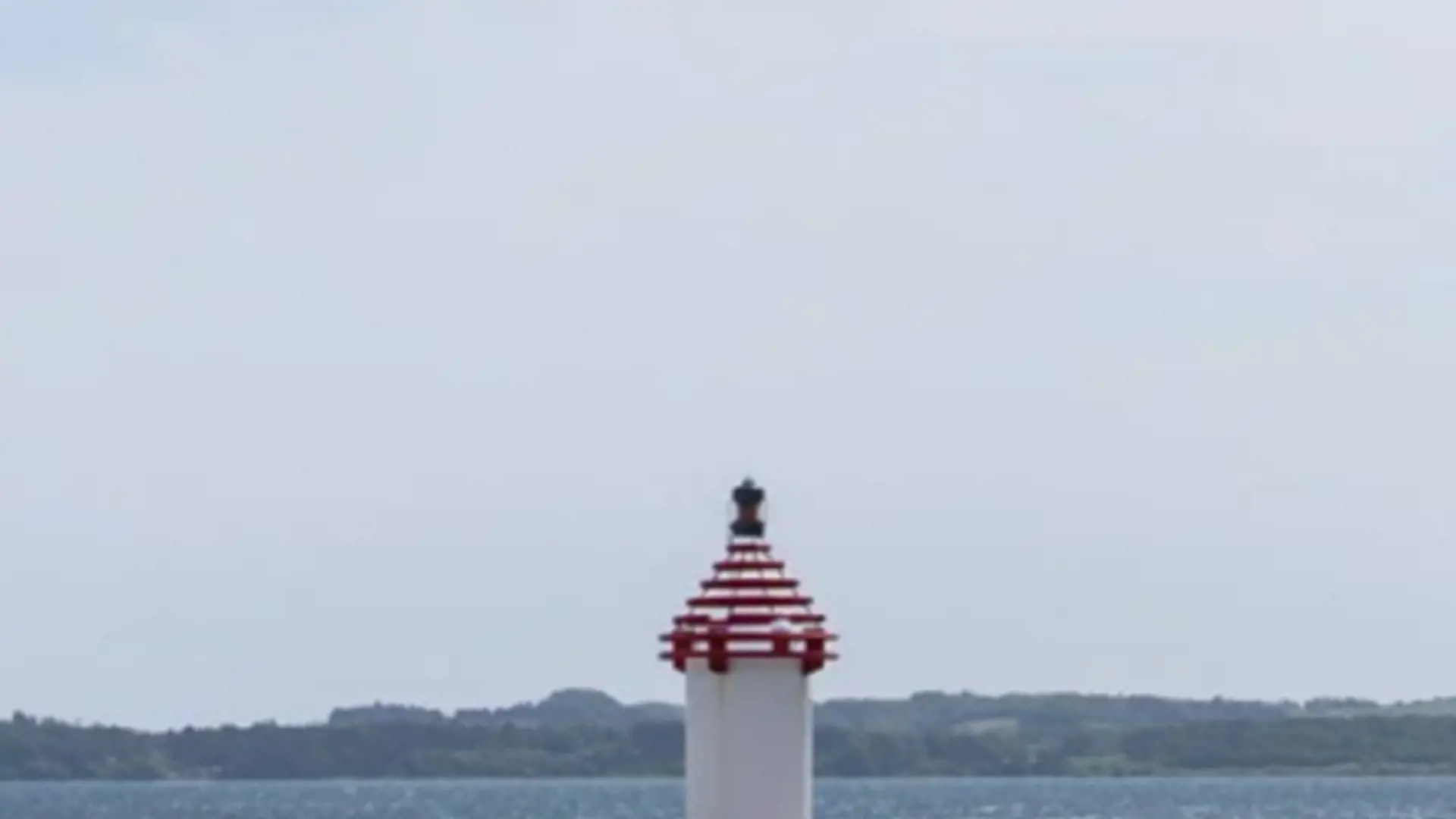
Includes per person per night:
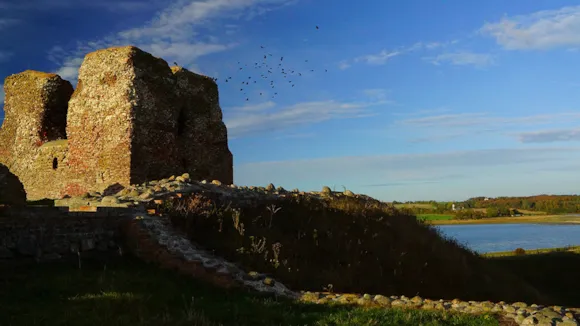
8.39 km
Arriving at the end of the longest medieval road in Denmark, which was constructed at the same time as the castle Kalø Slotsruin, you can easily imagine the life that went on behind the castle walls. King Erik Menved (1274-1319) had the castle built after he had defeated a Jutland peasants’ revolt in 1313.
The castle was quite modern, e.g. with a flanking tower; the first of its kind in Denmark. Kalø Castle was impressive and nearly impregnable. However, in reality, the castle was built to keep domestic enemies under control, i.e. peasants led by noblemen; the selfsame people the King had forced to build the castle for him in the first place.
The most famous prisoner held at the castle was Gustav Vasa, who was imprisoned here from 1518 to 1519 when he escaped. Gustav Vasa was later to become the King of Sweden. Until the introduction of an absolute monarchy in 1660, Kalø Castle served as the manor for all of Djursland.
Don't miss the chance to experience this unique and unforgettable journey back in time.
Find out more about Kalø Carstle Ruins
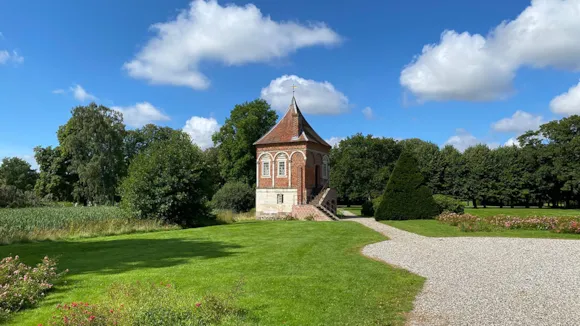
9.92 km
The idyllic castle park has beautiful flowerbeds and tall, majestic trees, lakes, and a moat.

10.22 km
Ben Chiller was originally built at the music festival NorthSide in Aarhus back in 2015. Back then, Ben was sitting at the festival grounds chilling to the music, while festival-goers could do the same on Ben’s 11 metres legs.
Today, Ben is chilling somewhere near the town of Mørke in Djursland, not far from Sigurd the Troll.
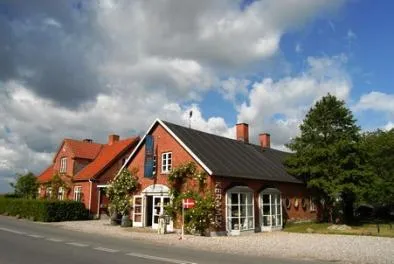
10.78 km
Her stuff expresses lots of joy, humour, and craftsmanship. She goes into great detail and it is often a long-term process. Her products often include vivid patterns and motifs of fruits or animals.
Ceramic artist Malene Møller-Hansen workshop and shop/gallery in Egens Havhuse, which overlooks Kalø bay and close to Kalo Castle Ruins.
On display is a wide range of unique and functional ceramics.
#visitdjursland #visitaarhusregion
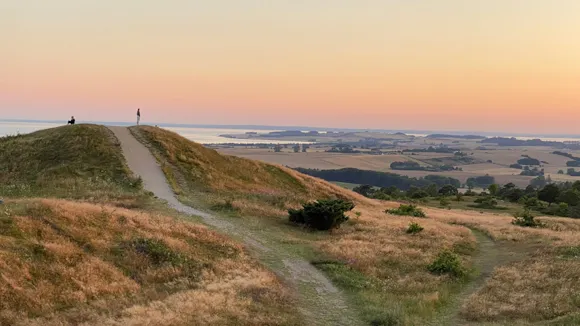
11.29 km
The landscape in National Park Mols Bjerge has been shaped by gigantic tongues of ice and tons of water over millions of years. Here, you will encounter a unique and diverse nature with high peaks, deep glacial pits, and rare sand lizards, and around 40 out of 200 conservation-worthy Danish nature types called habitat areas. Many of the Bronze Age mounds that are scattered throughout the landscape remain untouched by archaeologists, so we do not know what lies within them.
The entire area in and around National Park Mols Bjerge is steeped in culture. Take a trip to the historic ruins of Kalø Slot, Poskær Stenhus, the burial mounds at Tustrup, and especially Ebeltoft's small streets with their cobblestones and beautiful hollyhocks.
Because the national park encompasses so many different habitats, you will also find a range of rare insects, animals, and plants here. But you can also encounter quite ordinary cows, sheep, and horses in the area, which help to keep nature in check so it doesn't become a forest. For example, visit the bird tower at Stubbe Sø and experience the rich bird life here.
Visit Mols Bjerge National Park and embark on a journey of discovery of a very special nature that will undoubtedly make your holiday memorable.
Mols Bjerge is part of Djursland, and Djursland is an elforado of outdoor activities, whether you want to hike, cycle, sail or fish. Get inspired for an active holiday in nature or dive into Mols Bjerge National Park's many offers and activities, where you can book and sign up for guided tours, go amber hunting, hiking with a focus on Vikings, culture and mountain tours, kayak courses, be a hunter for a day - and much more.
Map of National Park Mols Bjerge.
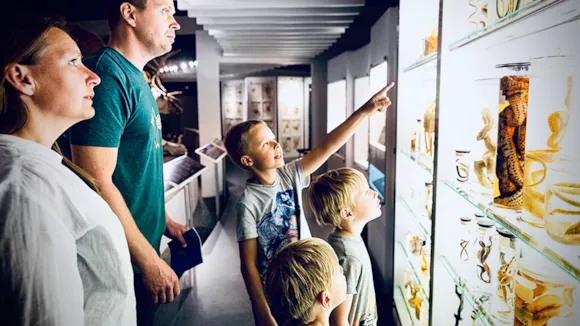
12.14 km
The current exhibition ‘OOPS! Random - Lucky' takes you on a fascinating journey through the coincidences that have made it possible for you to be here today. From the Big Bang, moon formation and cosmic impacts to the origin of life, sexual reproduction and the miracles of evolution, discover the story of how mistakes and coincidences have shaped our world.
In the middle of the beautiful and varied nature of Mols Bjerge National Park lies the Molslaboratoriet - the Natural History Museum's field station, which is the setting for the museum's rewilding project.
The areas at Molslaboratoriet are open all year round. Explore the signposted hiking trails at your own pace among wild horses and cattle - or enjoy a very special nature experience with the museum's expert guides. Experience nature through the eyes of the TV-celebrity biologist and nature communicator Morten DD, who with his humour, knowledge and enthusiasm takes you on a fascinating trip close to the wild side of nature.
Natural History Museum Aarhus is Denmark's second largest natural history museum - both in terms of collections and exhibition space. Here you can experience an impressive variety of permanent and temporary exhibitions presenting more than 5,000 animals from all over the world, many in lifelike settings. The purpose of the museum is to promote biological and scientific research and to familiarise the public with the results of science in the field of natural history.
The museum has a disability lift and a lift and a wheelchair is available for people with walking difficulties.
Admission is always free for children and young people under the age of 18 - all year round.
The museum is open on Mondays during the school holidays in weeks 7, 16, 17, 24, 27-32 and week 42, as well as Sundays and Mondays during Easter and Whitsun.
The museum is closed on 24, 25 and 31 December and 1 January.
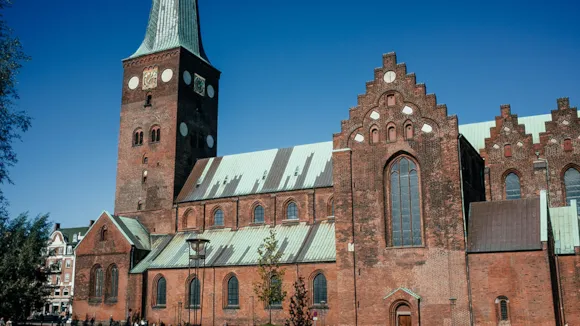
12.71 km
The Cathedral was built in Romanesque style in 1201. It was enlarged into its present form as a Gothic cathedral between 1450 and 1520, at which time it received its magnificent altarpiece by Bernt Notke, the font and frescoes. The cathedral is frequently used for concerts as well as normal services.
On Sundays and church days the Cathedral is only open for churchgoers.
You can see the opening hours of the church right here.
More about historical churches in Aarhus.
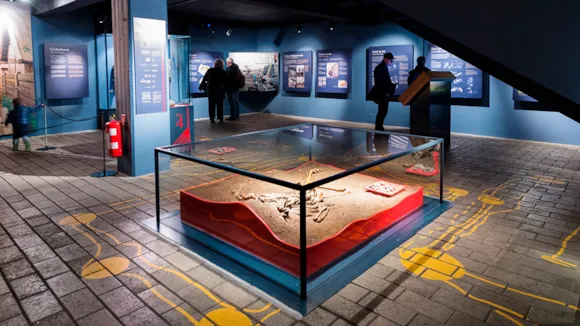
12.79 km
With the opening of the refurbished Viking Museum in 2008, Moesgaard Museum presents a range of artefacts which have not seen the light of day for a thousand years.The reason behind the refurbishment is partly the fact that the 40 years which have passed since the first opening of the Viking Museum meant that the exhibition needed to be refreshed, and partly that a number of excavations since the mid-1990s have cast a new light on the founding and development of Aarhus.
The refurbishment of the exhibition also means that there are now new textual contents, a modern interior with new posters and exhibition cases, and improved lighting. In addition sound pictures have been added, and there is now a TV screen showing an animation of a Viking attack on Århus. A detailed model city of Aarhus at the time of Harold Bluetooth – around 980 – is exhibited in order to provide a broader perspective of Aros in the Viking Age.
Besides this, the Viking Museum has seen the addition of a number of new artefacts, including a well-preserved framed well of the type used in the Viking Age, and a long list of magnificent Viking Age finds uncovered during excavations on the museum site and in other parts of Aarhus. In a very few cases the collection will hold replicas of original artefacts – which is due to security requirements as the museum is not under constant security-supervision.
Finally, the exhibition also displays a copy of the 'Hørningstenen' runic stone where the original is a part of Moesgaard Museum’s permanent exhibition of runic stones. The 'Hørningstenen' was found in 1849 along the old road between Jelling and Aarhus, which may well have been where it was erected originally.
Aarhus has turned out to be older than initially assumed; its origins can now be traced all the way back to latter decades of the 8th century. The towns of Ribe and Hedeby are the only ones whose origins can be traced (some decades) further back in time than Aarhus. What makes Aarhus extraordinary is that the original town centre, in contrast to Ribe and Hedeby, has remained at the very same location during the 1200 years which have passed since then, and this is quite unique in a Scandinavian context.
Please note that the Viking Museum only accepts credit cards.
Free entrance for children under the age of 18.
#vikingemuseet #visitaarhus #visitaarhusregion
The museum is closed on bank holidays.
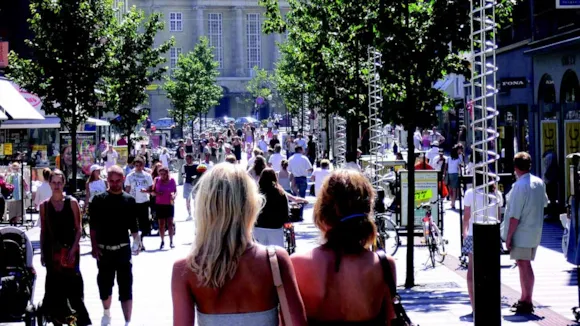
13.16 km
No matter what you are looking for, you can be sure to find it in one of the large brand name shops or in the small shops carrying special product ranges.
The pedestrianised high street connects the Banegårdspladsen central station square with the street of Åboulevarden by the river, and there are also numerous places where you can take a break, enjoying a tasty hot dog, a delicious kebab, or perhaps a perfectly brewed coffee from one of the high street's prize-winning baristas.
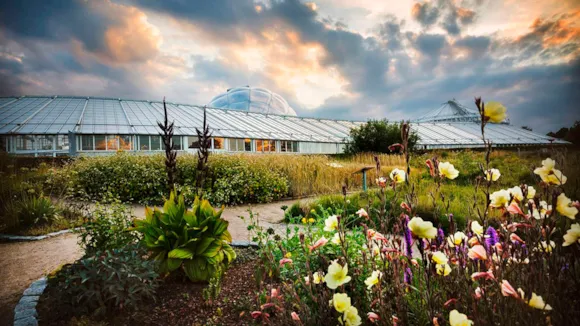
13.18 km
The garden section contains plants from the different habitats found in Denmark, placed in groups so you can see what grows where. There is also a special section containing the best known medicinal plants. A rockery situated in the centre of the Botanical Garden displays plants from many mountainous regions from the entire world.
You can find tables and benches in all parts of the garden so it is easy for you to sit and enjoy a packed lunch. If you bring a disposable grill, you can use the tables with a metal plate in the middle for the grill. The used grill goes in the special rubbish bins for disposable grills.
The Botanical Gardens originally started in 1873 as an experimental place for fruit trees and other useful plants. This place later became The Garden Society of Jutland with a pioneering spirit working hard to supply private gardens with healthy products worthy of cultivation.
Walking through The Botanical Gardens you will see the the Hessel Brook, a small outlet of Aarhus Stream, running a steepsided waterway from Aarhus Stream and Egaa Stream.
In the Botanical Garden you can enjoy collections of theme beds, bogs, beech woods and dunes.
In the Botanical Garden you can also visit the Tropical Houses which shows you suptropical and tropical plants.
The Botanical Garden is one of many impressive green areas in Aarhus.

13.32 km
In addition, admission is free for all visitors under the age of 18.
Our time has found its place in the museum. Queen Margrethe's Street, capturing a moment from the year 2014, is a bustling street with facade shops. Here, you'll discover a tanning salon, 7-Eleven, a bank, a pizzeria, and the legendary pub, Bent J, where the scent of smoke and spilled beer still lingers.
The 2014 street also features two apartments. Step inside the home of single woman Rikke and visit the rainbow family. Through interviews in the homes, meet the residents who share their lives, including stories about children, work, and everyday routines.
Travel back in time to the 1970s in a neighborhood with streets, apartments, shops, courtyards, and workshops from that era. In the 70s quarter, explore establishments like Pouls Radio, the radio and TV store, the convenience store, the butcher, the paint and wallpaper shop, the kindergarten, and the hairdresser. In the apartments, peek into the lives of a nuclear family, a collective, a hippie couple, and a single mother.
In the backyard, you'll find a Volkswagen and the plumber's Citroën – explore the moped workshop, scout meeting place, or backyard toilets adorned with the poetry of the time.
1950-1974: Welfare and Liberalism
Move on to 1927, where the city has become modern with cars, sidewalks, streetlights, telephone wires, and gable advertisements. The quarter in The Old Town has a hardware store, a bookstore, Schou's soap house, a post office, a telephone exchange, and several residences from before the 1930s crisis halted Denmark. Experience the authentic car dealership 'Automobilforretning Carl Christensen' with its own workshop.
Encounter beautiful vintage cars, exhibition spaces, a shop with spare parts, and workshops for engine renovation and bicycle repairs. Get up close to the infancy of motoring and learn about the various fascinating vehicles of the time.
Here, you'll meet The Old Town in H.C. Andersen's time and even further back with half-timbered structures and buildings from all over Denmark. The oldest part of The Old Town resembles a small Danish market town with houses, gardens, residences, shops, and workshops. These buildings originate from cities throughout Denmark and have been reconstructed in The Old Town.
Go to the history journey from 2014 back to 1600 here
From April onwards, you can encounter people dressed and working as in the old days throughout the year. They cook, chop wood, do handicrafts, or serve customers in the store. Stop and chat with the baker's assistant, farmhand, and street organ man, but be careful – you might be tasked with fetching water from the well or carrying waste to the dung heap.
Take a ride in the horse-drawn carriages or make a good deal in the historical shops. At Restaurant Gæstgivergården, enjoy a wide selection of warm and cold lunch dishes as well as open-faced sandwiches, all inspired by historical cookbooks.
Throughout the year, there are theme days, concerts, activities for children, and several special exhibitions at The Old Town. You'll also find several smaller museums.
Discover the major highlights here
Many of the streets are cobbled, so it can be difficult to get around with a pram or wheelchair.
You are allowed to bring your dog into Den Gamle By, but it is not allowed inside the houses and exhibitions.
#dengamleby #dengamlebyiaarhus #visitaarhusregion
FREE ADMISSION FOR EVERYONE UNDER THE AGE OF 18

13.4 km
The ARoS collection contains more than 8,000 works, including masterpieces by Danish and international artists.
Some of the most famous works are Olafur Eliasson's Your rainbow panorama (2011) and Ron Mueck's oversized sculpture; Boy (1999).
In 2025 you can also experience The Dome, a Skyspace by James Turrell, which is light artist James Turrell's most ambitious Skyspace to date. The immersive installation will cement ARoS' position as one of the world's leading museums for installation art.
Each year, ARoS presents six to eight major exhibitions with an accompanying programme of public lectures, debates and events. ARoS' international outlook and innovative approach has led to groundbreaking exhibitions with artists such as J.W.M. Turner, Claude Monet, Edvard Munch, Franciska Clausen, Salvador Dalí, Asger Jorn, Per Kirkeby, Barbara Kruger, Isaac Julien, Jenny Holzer, Bill Viola, Mariko Mori, Cindy Sherman and Sarah Sze.
More than 600,000 visitors come to ARoS every year for artistic experiences, to shop in the ARoS Store, dine in the ARoS Café and Orangery or simply enjoy its iconic architecture and location.
See the programme for 2025 here.
During the expansion of ARoS you will find the entrance to ARoS via Aros Allé, where you can also park your car. From here, there is access to the museum via a staircase or lift for the disabled.